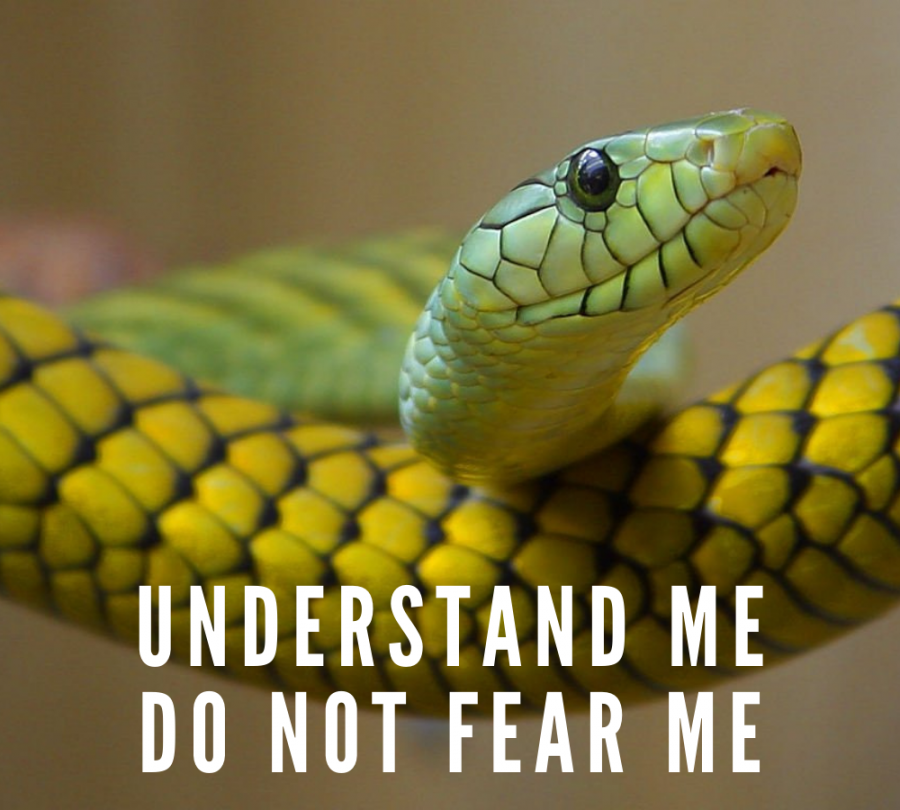Ophidiophobia, one of the top phobias present in Americans, means the fear of snakes. This fear overcomes more than fifty percent of the American population, placing in the top ten fears of Texans. If more knowledge comes to light upon the subject of snakes, and how to live safely along with them, it could lead to a decline in fears and attacks.
Nearly seventy-five species of snakes inhabit Texas, but only twelve of them possess venom. Although most snakes can do little to no harm to humans, distinguishing venomous from non-venomous is not easy. Due to the instant panic that sets in when a person sees a snake, or vice versa, usually one or the other ends up getting hurt. To prevent this situation from becoming a reality, take the following facts into consideration.
“If you hear a snake’s warning rattle, move away and do not make sudden or threatening movements,” Emelia McEwen from humanesociety.org, said.
Rattle snakes, a common species of snake in the Texas Panhandle, have highly venomous bites that can be harmful, if not deadly, to humans. Luckily, their species is one of the few to give many warnings before showing signs of aggression such as the rattling of their tail, coiling their body up in a circle, and posing their neck and head in an “s” shape.
“Although most snakes are not aggressive and will slither away at the first hint of human presence, people should still take precautions to lessen the chance of being bitten – particularly in wooded areas around lakes or ponds,” Backy Ghostley, Fort Rucker Safety Manager said.
Most snakes rarely intentionally cause harm to a human. Some of the circumstances in which a snake would injure a human would be the following: if someone were to invade their territory, if someone stepped near or directly on them, or if someone scared them abruptly. Biting, a snake’s last resort, only occurs whenever they feel threatened or unsafe by a human’s presence or actions.
“If you have an encounter with a snake, give it the right-of-way,” Ghostley from army.mil said. “Do not attempt to kill the snake, just move out of the snake’s way.”
If you have the opportunity to get away from a snake, take it. They do not want to hurt people, and they do not want people hurting them. The best thing to do when coming head to head with a snake is to simply walk away, and let the snake live peacefully in its natural habitat. Killing a snake hurts the environment and the delicate balance of the food chain.
“If you see a rattlesnake, do not attempt to move or kill it,” McEwen said. “Rattlesnakes will generally leave an area if left alone. (If the snake is in your backyard or home, stay away and call the local Department of Animal Services, Fire Department, or 9-1-1).”
If walking away does not seem possible, and the snake seen in front of you seems venomous, call local resources. Call someone who knows how to safely move or dispose of a venomous snake, and slowly back away.
“Not all snakes are poisonous, and not all poisons are deadly!” Mehmet Murat Ildan said. “Keep that in mind when bitten.”
All references taken from www.army,mil and humanesociety.org.













